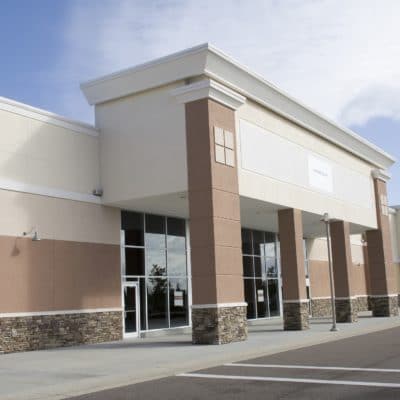Obtaining Financing For CRE Projects Part I: Partnering With Local Lenders

What To Know About Financing Your Commercial Real Estate Projects
At Southpace Properties, our team of licensed and professional realtors doesn’t just know commercial real estate properties; we also have extensive experience navigating through commercial real estate financing as well. Our collective tenure means that, within the commercial property vertical, we’ve pretty much seen it all. We’ve lived through the infamous bubble burst of 2008, where we watched both bankers and borrowers endure a perfect storm of financial underwriting, closing, and servicing mistakes, resulting in countless loan defaults and property foreclosures. We’ve also come out on the other side of the millennium’s Great Recession, watching as lenders and investors slowly and carefully began to rebuild the financing process.
The last 11+ years have demonstrated a steady upswing in the U.S. commercial real estate market, both in Alabama as well as throughout most every regional market throughout the country. Fortunately, most of the factors that contributed to the downfall of the property market have been addressed. However, many buyers and banks are still proceeding with caution, forcing lenders to scrutinize every potential loan strategy and causing borrowers to ask themselves, “can I obtain the financing I need to support my next CRE Project?”
Yes, it is possible for local developers to secure the capital needed to finance a small- to medium-sized project. However, it’s important to go into the process understanding some key lending factors and considerations to optimize the success of your final loan solution. The first thing to know? Large project loans, typically ranging from $15 million to $100s of millions, are generally only financed by major regional and national banks, large lending institutions, and well-established insurance companies. These multi-locational loan enterprises have the resources, securitizations, and compliance checks and balances in place to support more substantial investments while mitigating risk to both lenders and borrowers.
Investors Pursuing Small- to Mid-Sized Properties Should Consider Community Banks
For developers pursuing small- to mid-sized projects ranging anywhere from $2 million to $15 million, community banks can prove the best source for financing. Smaller, local banks and lending institutions generally look for long-term professional partnerships with commercial customers that extend far beyond standard transactional engagements. These regional lenders want to do more than undercut the competition in a bid to secure your business at the cheapest rate possible. Instead, these lenders usually want to gain a comprehensive understanding of both your personal and professional financial portfolios. They will leverage this information to develop a customized, mutually-beneficial final lending solution that’s not only equitable, but it will also be conservatively written to ensure minimized risk and optimized profits for both parties.
Additionally, at this point, most community banks have encountered their fair share of financial turbulence brought on over the last decade. Inevitably, all lenders have had to navigate through their own share of missteps, miscalculations, and mistakes. Many of the local banks that excessively undercut or overextended their resources since the 2008 plummet have had to close their doors forever. The lenders that managed to weather the storm have started to loan again over the last several years; however, they are doing it conservatively, reasonably, and with a steady focus on long-term, sustainable momentum and results.
Getting Back to Financing Basics to Protect Your CRE Project
As tough as it may be to believe, the 2008 commercial real estate tumble did bring with it several essential advantages. The lending institutions that withstood the violent upheaval within the marketplace recognize the errors made, both by themselves as well as by other loan developers in the region. These banks are now well equipped (and determined) to avoid repeating those same mistakes with today’s buyers and investors. These lenders are striving to eliminate unnecessarily risky financing options, opting instead to get back to the essential lending basics of partnering with knowledgeable industry leaders who are uniquely positioned to succeed amidst any market strain. As a result, more banks are returning to the well-known “five C’s” of credit to create and maintain robust, yet conservative, commercial loan underwriting. They are as follows: Character, Capacity, Capital, Conditions, and Collateral. More on this topic in next week’s blog post.
What changes have you seen in commercial real estate lending since 2008? Tell us about it in the comments section below!









